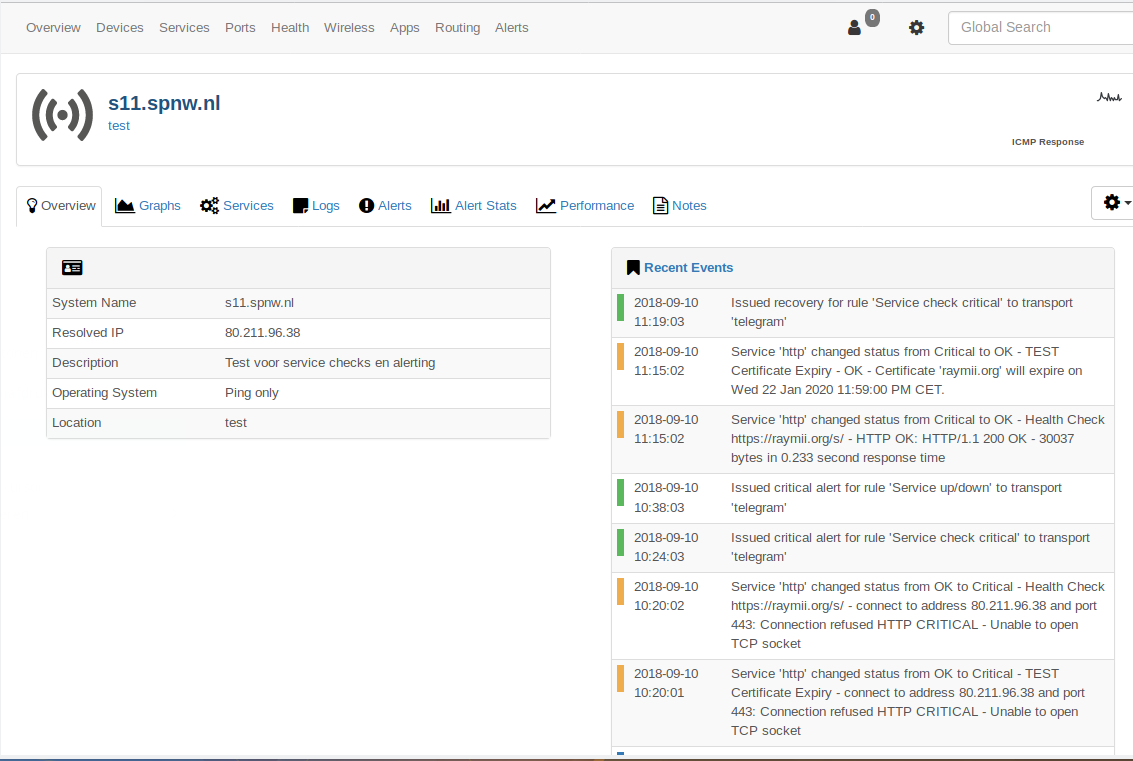
An external application checks the status of a host or service.Here's how passive checks work in more detail. Passive checks are also used when configuring distributed or redundant monitoring installations. You never know how many (if any) traps or alerts you'll receive in a given time frame, so it's not feasible to just monitor their status every few minutes. Located behind a firewall and cannot be checked actively from the monitoring hostĮxamples of asynchronous services that lend themselves to being monitored passively include SNMP traps and security alerts.Asynchronous in nature and cannot be monitored effectively by polling their status on a regularly scheduled basis.Passive checks are useful for monitoring services that are: The major difference between active and passive checks is that active checks are initiated and performed by Nagios, while passive checks are performed by external applications. Passive check results are submitted to Nagios for processing.Passive checks are initiated and performed by external applications/processes.The key features of passive checks are as follows: Nagios also supports a way to monitor hosts and services passively instead of actively. Active checks can be used to "poll" a device or service for status information every so often.

In most cases you'll use Nagios to monitor your hosts and services using regularly scheduled active checks. See Also: Active Checks, Service Checks, Host Checks


 0 kommentar(er)
0 kommentar(er)
